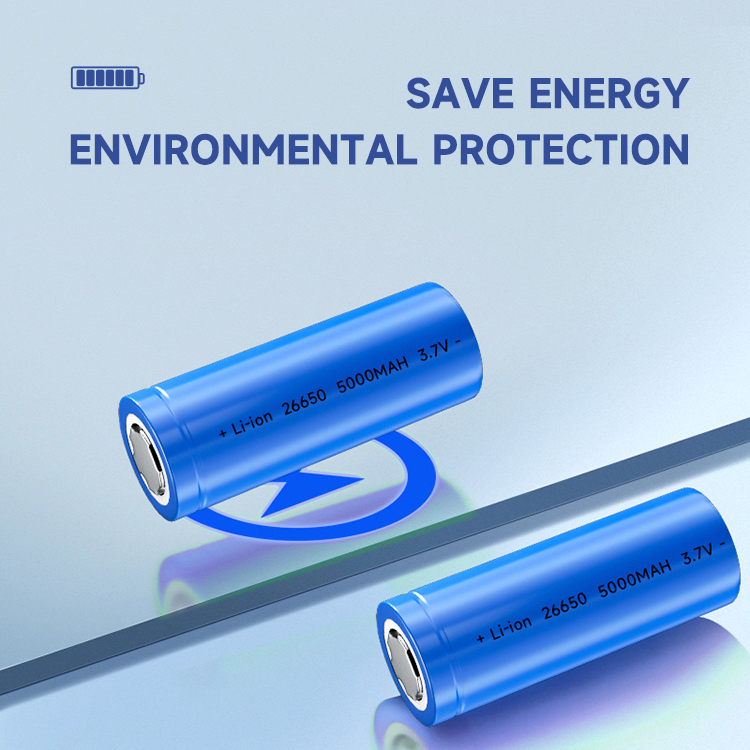

Lithium-sulfur batteries are regarded as one of the most promising high-capacity storage systems due to their high theoretical specific capacity and energy density, as well as the low cost and environmental friendliness of sulfur.
Lithium-sulfur batteries are regarded as one of the most promising high-capacity storage systems due to their high theoretical specific capacity and energy density, as well as the low cost and environmental friendliness of sulfur.
Lithium-sulfur battery is a type of lithium battery and is still in the scientific research stage as of 2013. Lithium-sulfur battery is a lithium battery with sulfur element as the positive electrode and metallic lithium as the negative electrode. The specific capacity is as high as 1675mAh/g, which is much higher than the capacity of lithium cobalt oxide batteries widely used commercially (<150mAh/g). Moreover, sulfur is an environmentally friendly element and has basically no pollution to the environment. It is a very promising lithium battery.
However, the shuttle effect of polysulfides in lithium-sulfur batteries usually leads to a series of problems such as loss of sulfur active materials, rapid capacity decline, and poor cycle life, which seriously hinders the commercial application of Li-S batteries.
How to effectively limit the polysulfide shuttle effect to greatly improve the stability of Li-S batteries and the utilization of active material sulfur has become one of the current research hotspots.
The research group of Wang Ruihu, a researcher at the State Key Laboratory of Structural Chemistry, Fujian Institute of the Structure of Matter, Chinese Academy of Sciences, was invited to give a speech in "Advanced Functional Materials" (Adv.Funct.Mater.2018,28,1707597) published a review paper titled PorousOrganicPolymersforPolysulfideTrappinginLithium-SulfurBatteries. The first author of the paper is doctoral candidate Cheng Zhibin.
This review article first outlines the research status of cathode materials for lithium-sulfur batteries, as well as the current problems and some main solutions, focusing on covalent organic frameworks, covalent triazine frameworks, porous organic frameworks, and hypercrosslinked porous polymers. Characteristics of porous organic polymers such as polymers and imidazolium-based ionic polymers and their characteristics and advantages in limiting polysulfide shuttle.
By summarizing the current important results achieved by porous organic polymers in limiting polysulfide shuttle transfer, the method of improving the performance of lithium-sulfur batteries through the design and synthesis of porous organic polymers is expounded, and the application of porous organic polymers in lithium-sulfur batteries is discussed. The application prospects are prospected. This review is of great significance to the development of high-performance lithium-sulfur battery cathode materials.
Fujian Institute of Structure of Matter, Chinese Academy of Sciences (hereinafter referred to as Fujian Institute of Matter) was founded in 1960. Its predecessor was the Institute of Technical Physics, Institute of Applied Chemistry, Institute of Electronics, Institute of Mathematics, Institute of Automation, and Institute of Rare Metals prepared by the Fujian Branch of the Chinese Academy of Sciences. Institute and Biophysics Laboratory.
In 1961, it was adjusted and merged into the Institute of Physics and Chemistry. In 1962, it was renamed the East China Institute of the Structure of Matter. In 1973, it was renamed the Fujian Institute of the Structure of Matter, Chinese Academy of Sciences. Academician Lu Jiaxi (late), a famous Chinese scientist and educator, is the founder of our institute. After several generations of efforts, the Fujian Institute of Physics has gradually become one of the important comprehensive research bases for structural chemistry and new crystal materials in my country that is distinctive and influential at home and abroad.

Popular recommendation
Nickel Hydride No. 5.Research progress on organic conductive polymer electrode materials for superca
2023-10-09521133 lipo battery.Analysis of the balanced charging principle of lithium-ion battery pack protecti
2023-10-08801752 polymer battery.Chinese enterprises break through the core technology of high-nickel single c
2023-10-08LR626 battery.Briefly describe the production process of 18650 lithium-ion battery pack
2023-10-12R03 Carbon battery.Lithium battery manufacturers teach you 18650 lithium battery maintenance methods
2023-10-091.5v dry cell battery.18650 lithium-ion battery production process and lithium-ion battery assembly
2023-10-09602248 polymer battery.Breakthrough in the synthesis of Wanxiang ternary high-nickel single crystal
2023-10-08lithium battery 18650 3.7v.Interpretation of CATL’s latest patented technology for lithium-ion batte
2023-10-086F22 battery.Scientists recently developed a micro-battery that charges mobile phones in 1 second
2023-10-081800mah 18650 battery.What is the difference between polymer lithium battery and 18650 lithium batte
2023-10-13AG10 battery!Differentiated battery technologies from Panasonic, LG Chem, and Samsung SDI
2023-10-08601848 polymer battery.Introduction to knowledge points of 18650 lithium battery production process
2023-10-08